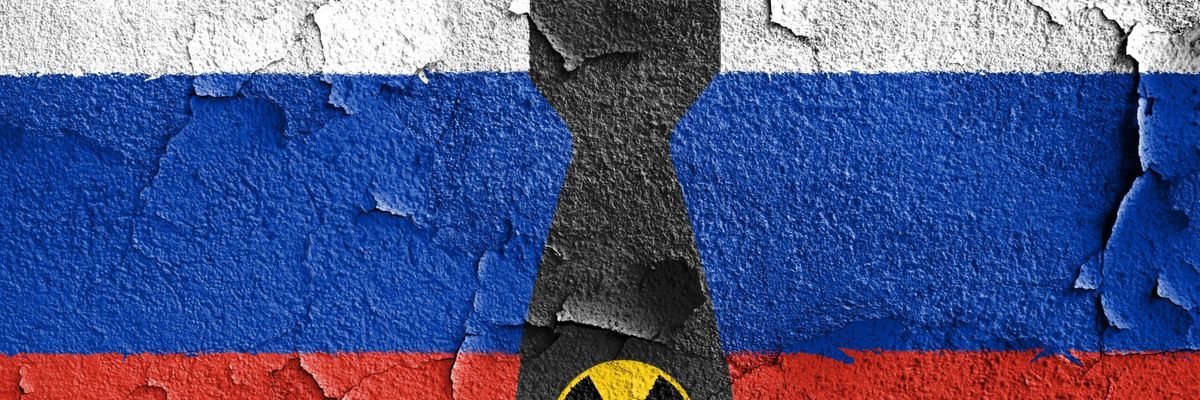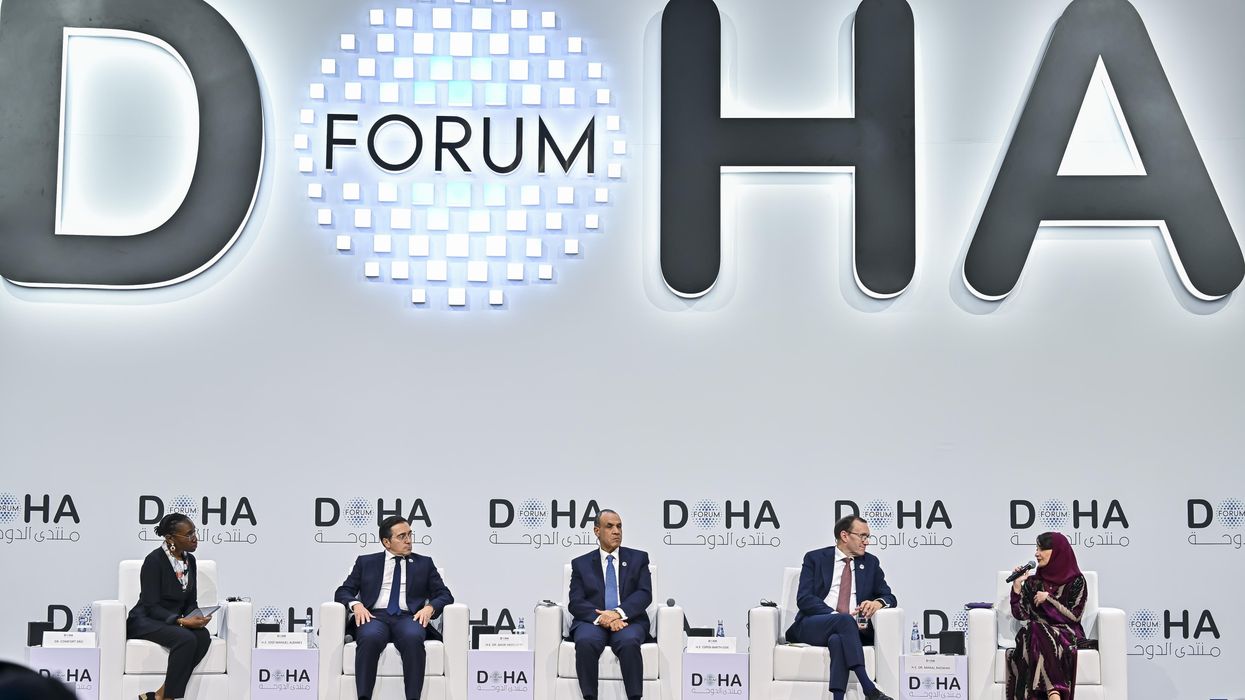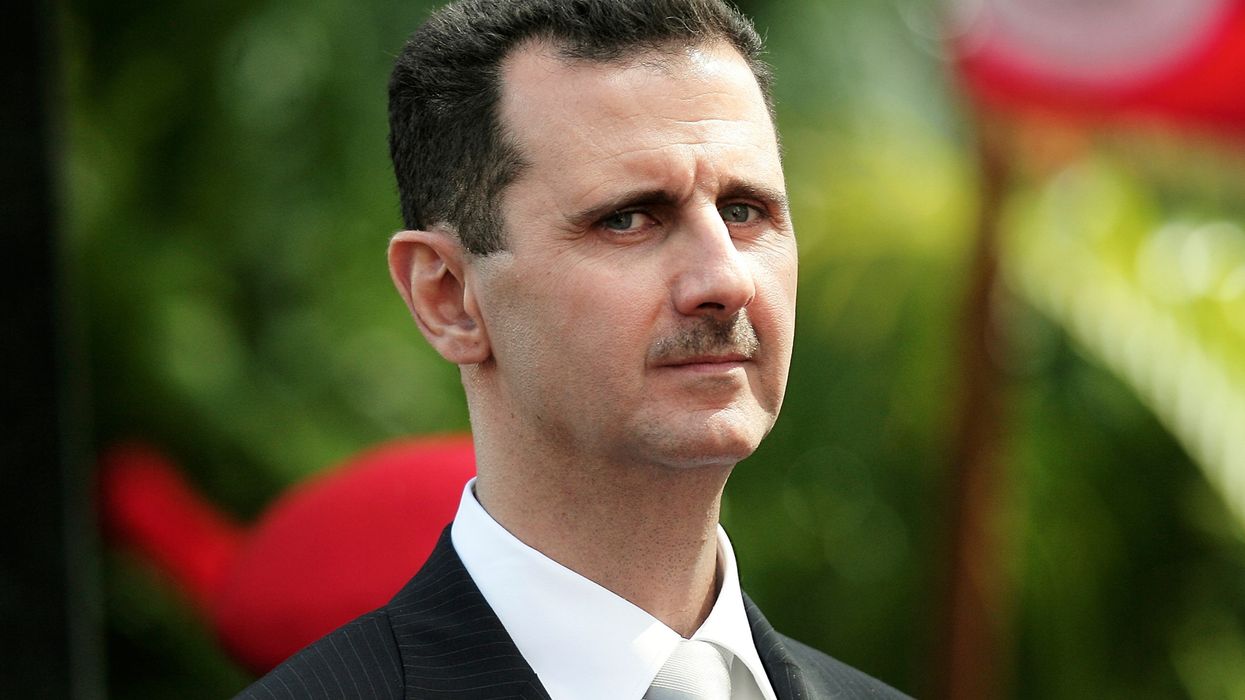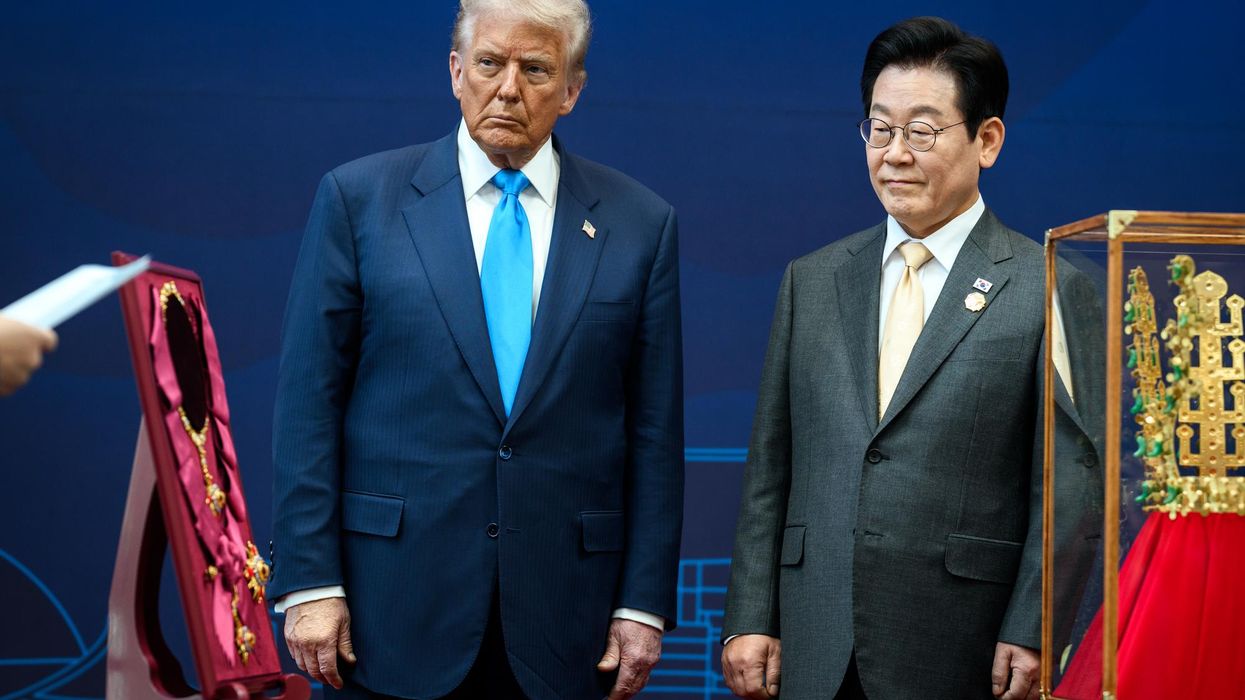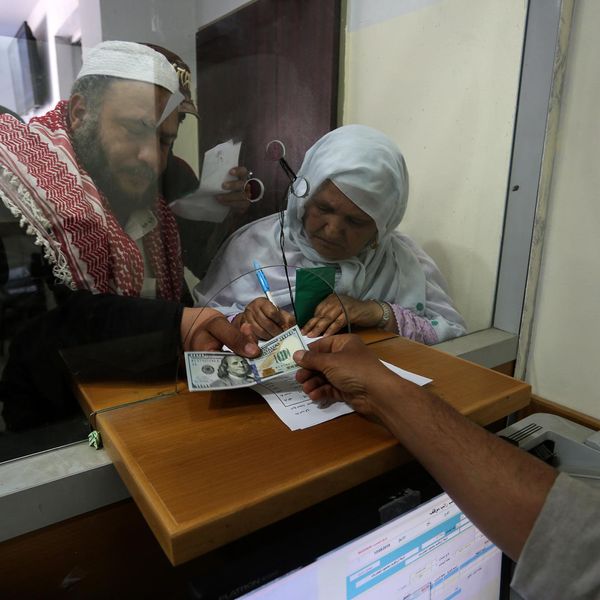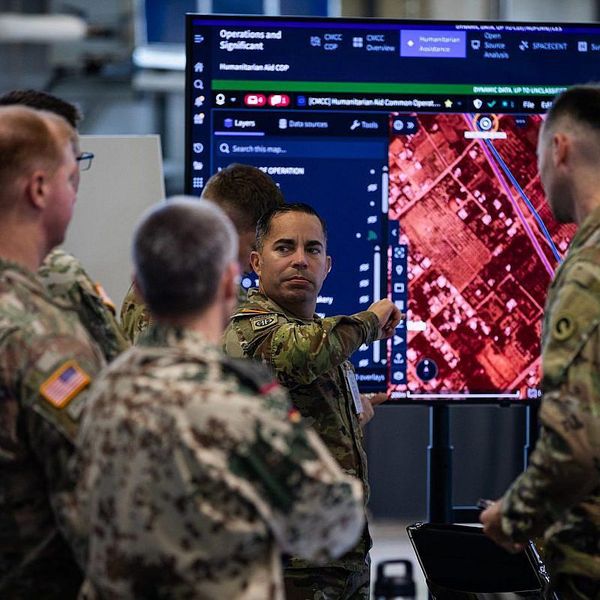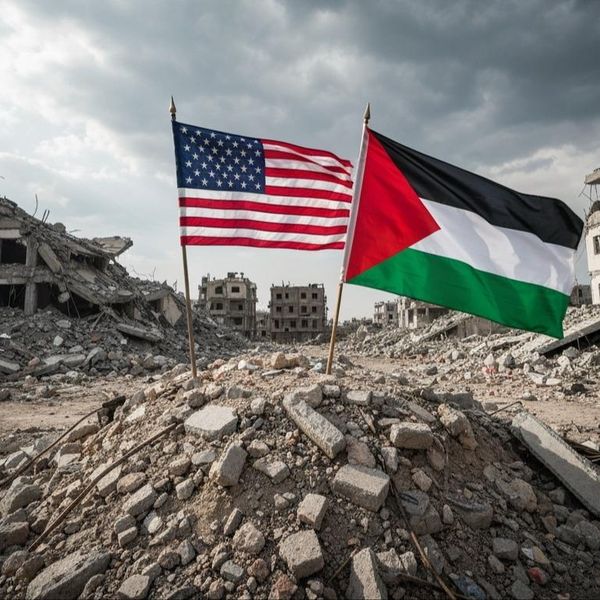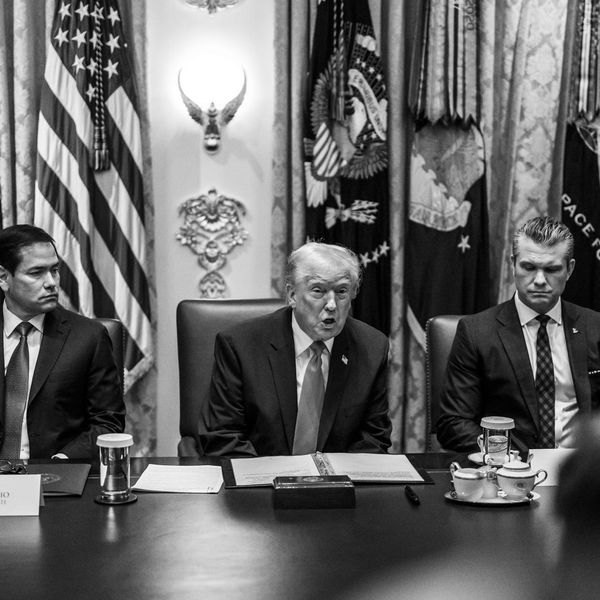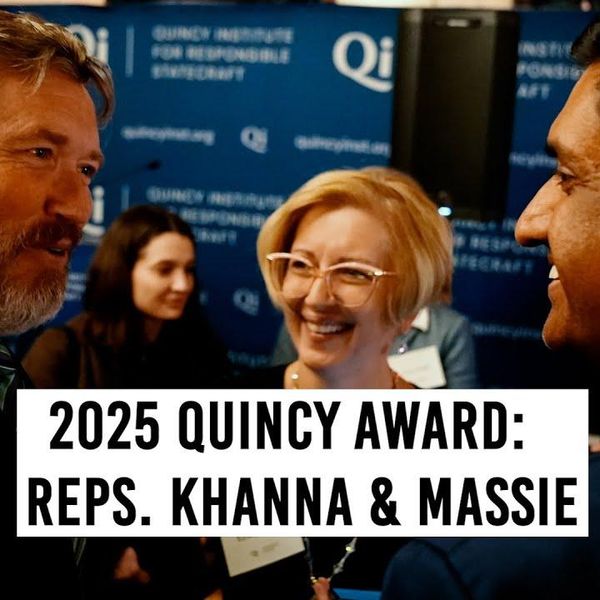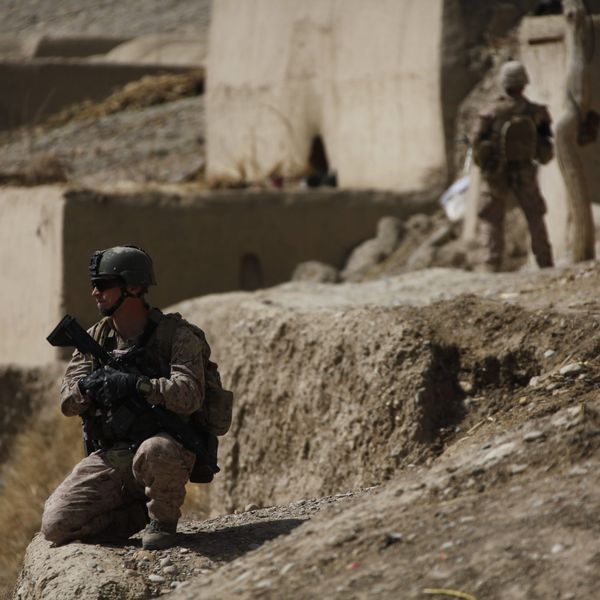The past month has seen growing alarm in the Russian elite over the stalemate in the so-called “special military operation.” With drone attacks on Moscow and shelling of border towns inside Russia, hardliners are concerned that Russia is losing the war, or at least not delivering the promised victory.
There has been a resurgence of calls for the demonstrative use of a nuclear weapon to compel the West to cut off the supply of arms to Ukraine. Those views were expressed at a May 20 meeting of the Council on Foreign and Security Policy, an influential gathering of officials and think-tankers in Moscow. State Duma deputy Konstantin Zatulin, a prominent nationalist, said that one participant advocated dropping a nuclear bomb on Rzeszów — the transport hub in south-eastern Poland through which most of the weapons flow into Ukraine. (Zatulin thought that was a bad idea.)
The person proposing to nuke Rzeszów was probably Sergei Karaganov, the head of the Council, since he published an article on June 14 in which he argued for the demonstrative use of a nuclear weapon to force the West to capitulate. The article was entitled “A difficult but necessary decision. The use of nuclear weapons can save humanity from a global catastrophe.”
Karaganov argued that even if Russia wins on the battlefield, it would face an insurgency in the parts of Ukraine it occupies, and the only way to crush the resistance would be to stop the flow of support from the West. He grimly concluded that “truces are possible but reconciliation is not.” The trump card for Russia is its willingness to use a tactical nuclear weapon. Karaganov regretted that people in the West have “lost their fear of hell… have forgotten the horrors of war, they have ceased to be afraid even of nuclear weapons.”
“We will have to restore the credibility of nuclear deterrence by lowering the unacceptably high threshold for the use of nuclear weapons,” he said. Karaganov was confident that a single nuclear explosion would be enough to force the West to capitulate and that the risk of escalation was low, since the U.S. would not be willing to sacrifice “Boston for Poznan.”
In the 1990s Karaganov was a liberal who supported Russia’s integration with Europe. It is shocking to see a man of his stature arguing for the actual use of nuclear weapons. But he is by no means alone. Dmitry Trenin, the former head of the U.S.-funded Carnegie Moscow Center, made a similar argument in an interview entitled “Bring back the fear!” in September 2022. Such views have some support in Russian public opinion: one survey found 29 percent of respondents believe that use of nuclear weapons by Russia would be justified.
Karaganov’s views are not representative of official Russian policy, and some other Moscow analysts such as Aleksei Arbatov and Ivan Timofeyev were quick to publish pieces criticizing his position and warning of the dangers of uncontrolled escalation following first use of a nuclear weapon.
From the outset of the war, Russian leaders have repeatedly reminded NATO that they were willing to be the first country to use nuclear weapons if they see an “existential threat” to Russia. The nuclear threat was even used during the annexation of Crimea. In a 2015 documentary, Putin said he had been ready to put nuclear weapons on high alert. In June 2020 the Kremlin released a document spelling out the conditions under which Russia would use nuclear weapons. They included “the case of aggression against the Russian Federation with the use of conventional weapons, when the very existence of the state is put under threat.”
In response, the U.S. made it clear from the outset that no NATO combat troops would be sent into Ukraine, and refused to implement the “no fly zone” requested by President Volodymyr Zelensky in the opening days of the war. The U.S. and Russia were already signaling the parameters of their likely response in the diplomatic exchanges in the weeks leading up to the February 2022 invasion.
Russia has refrained from launching attacks on the depots in Poland from which arms are flowing into Ukraine, and the U.S. has discouraged Ukraine from attacking targets inside the Russian Federation. For example, the U.S. sent Ukraine HIMARS rocket artillery with an 80 km range, but refused to send the variant with a 300 km range. So the fear of nuclear escalation is restraining both sides.
However, this year as Russia started withdrawing command and logistics centers further behind the front line, Ukraine needed longer-range weapons to hit those targets inside occupied Ukraine. So in February 2023 the U.S. began sending ground-launched small-diameter bombs (GLSDB) which can hit targets 150 km away. In May the UK announced it would be supplying Storm Shadow air-launched cruise missiles, with a 250 km range.
The creeping escalation in the range and potency of the weapons delivered to Ukraine is one reason why some Russian leaders are returning to nuclear threats. Another factor is the wave of attacks that Ukraine has launched in recent weeks on a variety of targets inside Russia, from fuel depots to bomber airfields and even Moscow itself, seemingly using home-produced drones. The Ukrainian government is publicly denying responsibility for these attacks, but that strains credulity.
We don’t know exactly how much pressure U.S. officials are privately putting on Kyiv to desist from these attacks. We also don’t know whether the U.S. considers attacks on Crimea fair game — such as the strike that damaged the vital Kerch bridge in October 2022. Russia used that as an excuse to launch a devastating barrage at the Ukrainian power grid. The latest escalation was Putin’s announcement on June 9 that he plans to ship tactical nuclear weapons to Belarus.
Washington is concerned by Putin’s nuclear brinkmanship. President Joe Biden said on October 6, 2022 “for the first time since the Cuban Missile Crisis, we have a direct threat to the use of nuclear weapons.” However, U.S. experts are divided over how seriously to take Russia’s nuclear saber-rattling. Kevin Ryan, a retired general and former military attaché in Moscow, argued in April that Putin “has been building the conditions for nuclear use since early in the war and is ready to use a nuclear weapon whenever he decides.”
Dima Adamsky, professor at Reichman University in Israel, disagreed, arguing that behind all the bluster, the structure of mutual deterrence is sound. Director of the Norwegian Intelligence School Kristen ven Bruusgaard notes that there have been no changes in the tight controls governing the use of nuclear weapons by the Russian defense ministry, though she warns that “The military’s relative sanity, however, may not hold in the face of more significant Russian losses.”
Meanwhile, Cynthia Roberts, professor of Political Science at Hunter College, City University of New York, argues that Russia’s invasion of Ukraine illustrates the stability/instability paradox: “By decreasing the chance of nuclear war, mutual second-strike capabilities have made it safer for aggressors like Russia to engage in provocations and warfighting at lower levels of violence.”
Putin is now trying to move from deterrence to compellence, and that is uncharted territory.

